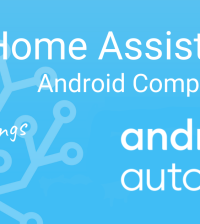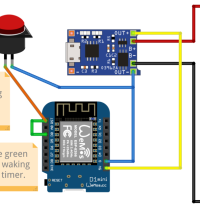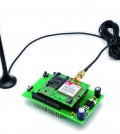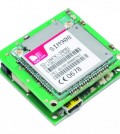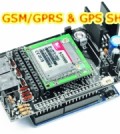- How to Adjust X and Y Axis Scale in Arduino Serial Plotter (No Extra Software Needed)Posted 6 months ago
- Elettronici Entusiasti: Inspiring Makers at Maker Faire Rome 2024Posted 6 months ago
- makeITcircular 2024 content launched – Part of Maker Faire Rome 2024Posted 8 months ago
- Application For Maker Faire Rome 2024: Deadline June 20thPosted 9 months ago
- Building a 3D Digital Clock with ArduinoPosted 1 year ago
- Creating a controller for Minecraft with realistic body movements using ArduinoPosted 1 year ago
- Snowflake with ArduinoPosted 1 year ago
- Holographic Christmas TreePosted 1 year ago
- Segstick: Build Your Own Self-Balancing Vehicle in Just 2 Days with ArduinoPosted 1 year ago
- ZSWatch: An Open-Source Smartwatch Project Based on the Zephyr Operating SystemPosted 1 year ago
UP Core: full Windows10 and Android for the latest Raspberry Pi rival
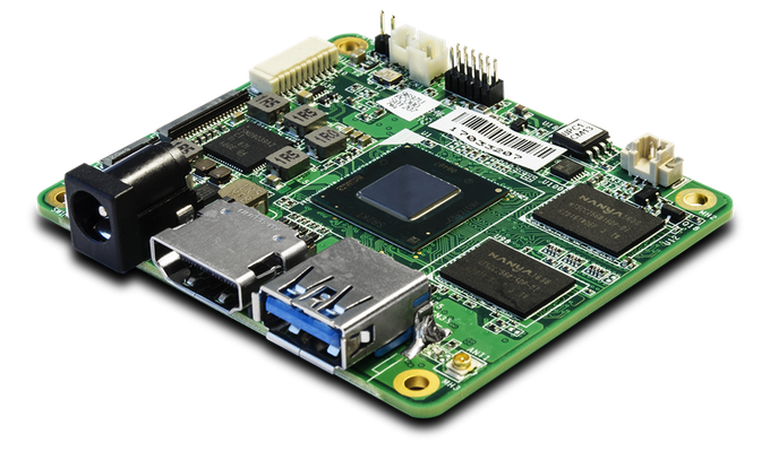
The UP Core is a single-board computer that will run a range of operating systems, including ubilinux (Debian), Ubuntu and Yocto, and seemingly offers better performance than the Raspberry Pi 3 Model B.
However, that additional power comes at a cost. While the Pi 3 sells for $35, the UP Core is on sale from €69/$89.
UP Core has a quad-core 1.8GHz Intel Atom x5-Z8350 processor, 1GB memory and 16GB eMMC storage. The computer is available with additional storage and up to 4GB of memory, but the 4GB model will cost €129 ($145).
The UP Core is not as straightforward to use as a computer out of the box as the Pi 3. While the UP Core has a HDMI and 5V power supply port, it only includes a single USB 3.0 port. Those who want to add more peripherals can either do so via Bluetooth or by adding ports to the 2 x USB 2.0 header. The board also supports 802.11n Wi-Fi.
For hardware hackers, the UP Core is more expandable than the Raspberry Pi 3, with 100 pins available for hooking up additional boards and other custom hardware, compared with the 40-pin header available on the Pi. The UP Core’s high-speed expansion connector includes pins for UART, SPI, 2 x USB HSIC, PCI-Express, GPIO, Intel Sensors Hub, SDIO and 5V Power.
The makers of the UP Core say there is also a growing ecosystem of third-party hardware and software that works well with the board, allowing it to be used for industrial automation, vending, digital signage, IoT, home automation and robotics.
However, for the UP Core will be hard to compete with the range of software and community support that has grown up around the multi-million selling Pi since it launched five years ago.
The UP Core is fully funded on Kickstarter and expected to begin shipping to backers from August this year.



